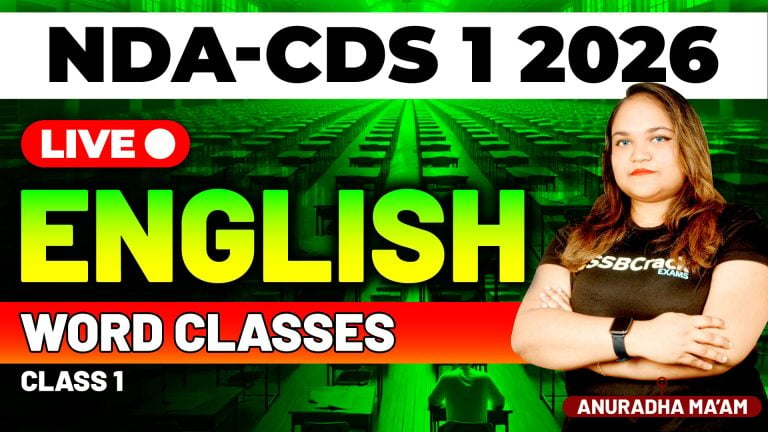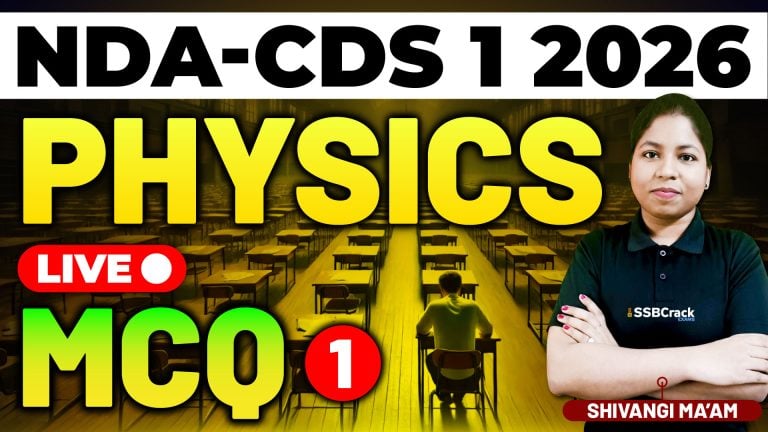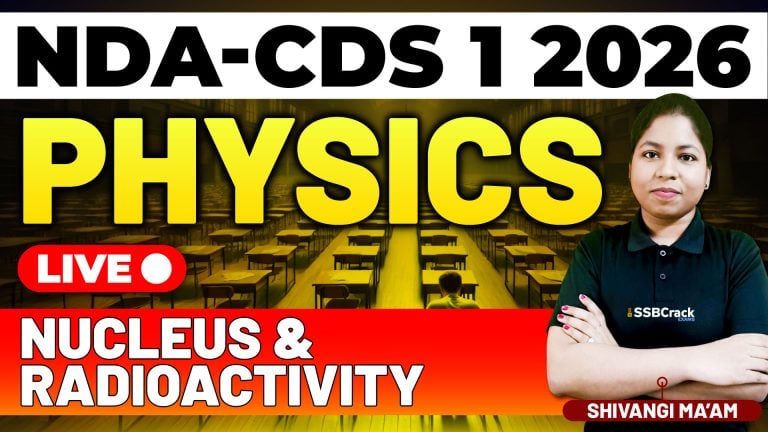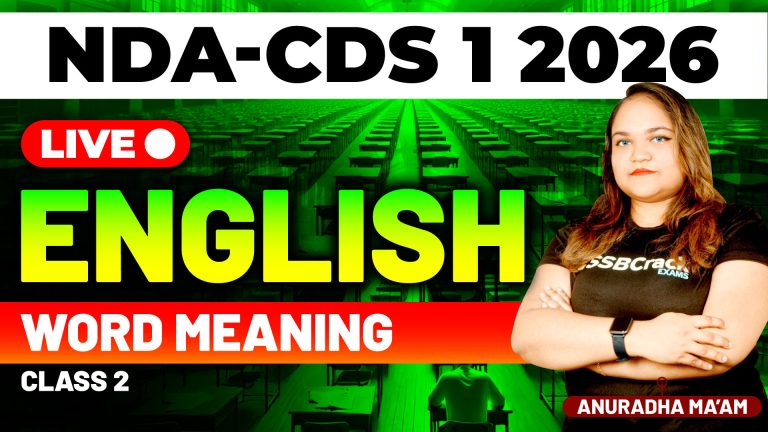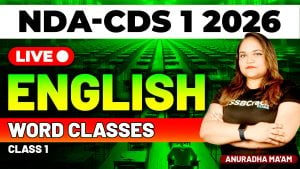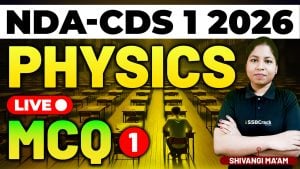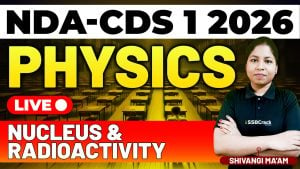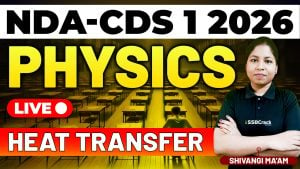Introduction
In the journey to crack competitive exams like NDA and CDS 2025, a solid grasp of Physics concepts is essential—particularly the Laws of Motion, a fundamental pillar of mechanics. Today’s class focused on exploring the key principles that govern the motion of bodies, building a conceptual foundation that will not only aid in solving numerical problems but also deepen students’ understanding of real-world physical interactions. The topics covered included Newton’s Laws of Motion, the concepts of momentum and impulse, and the often underestimated but crucial concept of friction.
Newton’s Laws of Motion
The class began with a detailed discussion of Newton’s three laws of motion:
- First Law (Law of Inertia): We examined how objects remain at rest or in uniform motion unless acted upon by an external force, emphasizing real-life examples like a stationary object on a table or a car suddenly braking.
- Second Law: The relationship F=maF = maF=ma was introduced, which quantifies force as the product of mass and acceleration. We discussed how this law forms the basis for calculating force in mechanics problems.
- Third Law: “For every action, there is an equal and opposite reaction”—a principle demonstrated through simple examples like walking or the recoil of a gun.
Each law was broken down through practical demonstrations and examples from everyday life and defense applications to ensure students could relate theory to reality.
Momentum and Impulse
The session moved forward with the concept of momentum (p=mvp = mvp=mv), defined as the quantity of motion possessed by a body. We explored how changes in momentum are influenced by external forces over time, leading to the idea of impulse: Impulse=Force×Time=ΔMomentum\text{Impulse} = \text{Force} \times \text{Time} = \Delta \text{Momentum}Impulse=Force×Time=ΔMomentum
Through classroom illustrations, such as the effect of cushioning in boxing gloves or airbags in vehicles, students learned how increasing the time of contact reduces force during collisions—an essential insight for both Physics and safety engineering.
Friction: The Hidden Force
The final segment of the class focused on friction, the resistive force that opposes motion. Students were introduced to:
- Static and kinetic friction
- Laws of friction
- Factors affecting friction
- Real-world implications (e.g., how soldiers march in formation, tire grip on roads, etc.)
We emphasized how friction, although often treated as a “nuisance,” is vital for walking, driving, and virtually every mechanical system.
Conclusion
Today’s class served as a comprehensive introduction to the Laws of Motion and associated concepts like momentum, impulse, and friction. By relating theoretical knowledge to practical and defense-related applications, the session aimed to enhance both conceptual clarity and problem-solving skills. For NDA and CDS 2025 aspirants, mastering these principles is not only essential for scoring well in the written exams but also for developing a sharp and analytical mindset crucial for future officers of the armed forces. Students are encouraged to revise the derivations and applications discussed today and attempt related numerical problems to reinforce their understanding.

